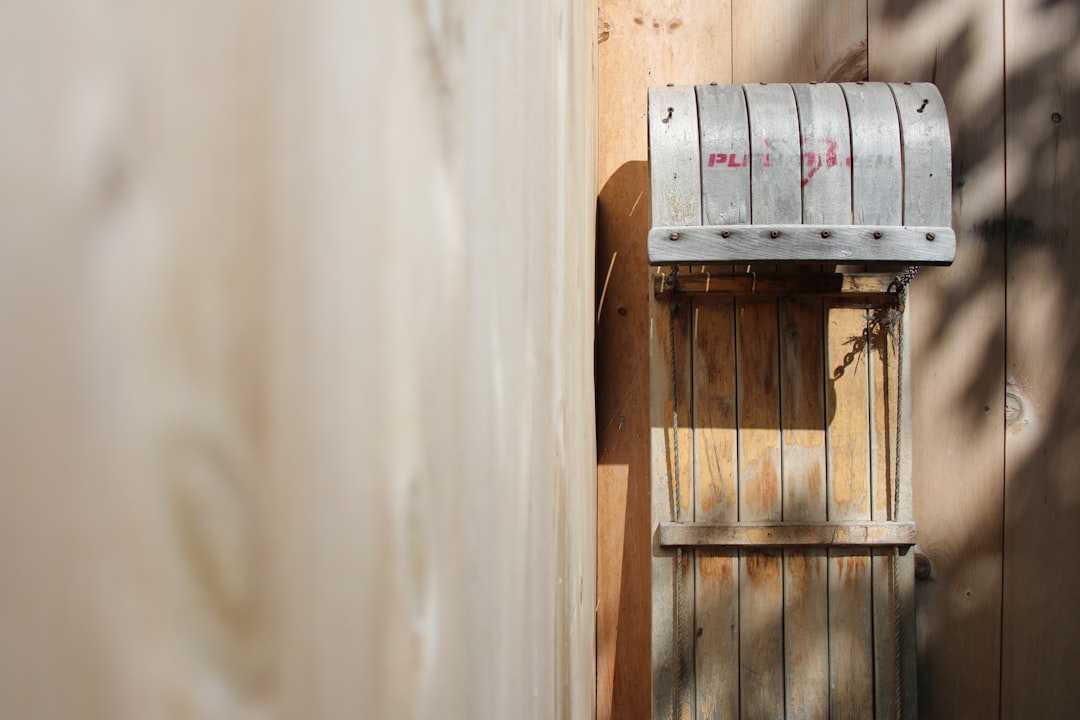
Installing a water heater in New York can range from $1,000 to $3,500 depending on the type and complexity of the project. For construction professionals, ensuring accurate cost estimation and efficient installation is crucial. CountBricks offers AI-powered estimating, voice-driven material takeoffs, and project management tailored for residential construction. Whether you're working on a brownstone in Brooklyn or a suburban home in Westchester, CountBricks ensures precision in every aspect of the installation.
• Space constraints: Urban residences often require compact solutions like tankless or hybrid systems.
• Energy efficiency: New York's stringent energy codes demand high-efficiency units to reduce utility bills and comply with Local Law 97.
• Aging infrastructure: Upgrading outdated systems enhances property value and tenant satisfaction.
1. Storage Tank Units – Cost-effective but less efficient and bulky.
2. Tankless Systems – Provide endless hot water, require precise sizing and venting.
3. Heat-Pump Hybrids – Highly efficient, may need additional drainage and air volume.
CountBricks' AI engine provides real-time equipment prices and labor rates, helping you choose the best option for your project.
• Pre-war buildings may need flue stack relining for safe venting.
• Oil-to-gas conversions require permits and utility coordination.
• Co-op boards may impose specific requirements and work schedules.
• Multi-family dwellings must maintain hot water service during installations.
CountBricks integrates code libraries and permit timelines into our dashboard for seamless compliance.
1. Voice walk-through: Capture project details on-site for instant scope creation.
2. Real-time pricing: Stay updated with hourly material cost changes.
3. Labor mapping: Account for wage differentials and travel time.
4. Permit auto-fill: Expedite approval cycles with pre-populated forms.
5. One-click proposal: Generate comprehensive documents quickly.
A 1901 brownstone required replacing two tank units. CountBricks used laser takeoffs and selected dual cascading tankless systems, saving $1,875 by optimizing vent kits. The project was completed in two days, ensuring tenant satisfaction.
1. Consultation: Discuss project goals and requirements.
2. On-site survey: Capture necessary dimensions and utilities.
3. AI estimate: Receive a transparent, fixed-price quote.
4. Permitting and procurement: Secure permits and order equipment.
5. Demolition and prep: Remove old units and prepare the site.
6. Installation: Set up new systems and connections.
7. Commissioning: Test and educate the homeowner.
8. Closeout: Provide digital manuals and final invoice.
• Fuel type conversion – May require additional coordination.
• Venting adjustments – Common in older buildings.
• Electrical upgrades – Necessary for high-amp units.
• Additional components – Enhance system longevity.
CountBricks provides detailed cost breakdowns to avoid vague allowances.
• Choose units with recirculation pumps to reduce waste.
• Install smart leak detectors for insurance benefits.
• Schedule installations during off-peak seasons to save costs.
• Add sediment filters in areas with older infrastructure.
• Opt for stainless venting in coastal regions to prevent corrosion.
Speed: Quick estimates and faster permits.
Accuracy: Real-time data ensures precise quotes.
Compliance: Built-in code libraries prevent violations.
Transparency: Detailed proposals and live dashboards.
Coverage: Serving all NY counties with a trusted network.
Ready to upgrade your water heating system? Visit CountBricks.com for more information.

Replacing a water heater in historic buildings requires precision. CountBricks' workflow ensures heritage preservation while modernizing systems.
• AI-linked lidar scans identify structural details before work begins.
• Recommendations for alternative venting solutions if needed.
• Schedule work during approved hours to minimize disruption.
• Use isolation mounts and flexible connectors for noise control.
1. Submit load letters and schedule meter upgrades efficiently.
2. Sync crew schedules with utility appointments.
3. Ensure as-built validation for quick sign-off.
• Store important installation details in the homeowner's portal.
• Automated reminders for maintenance extend system life.
Recent projects show significant utility savings and reduced wait times. These insights refine future proposals.
For challenging projects, CountBricks offers the expertise and tools needed for success. Learn more at CountBricks.com.